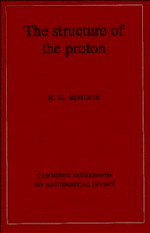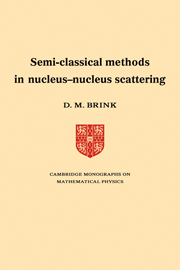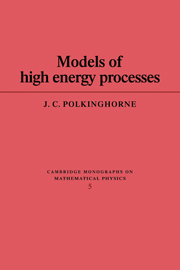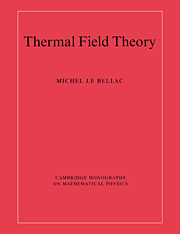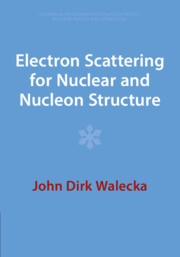The Structure of the Proton
This book describes our present knowledge of protons and neutrons. Experiments using high-energy electrons, muons, and neutrinos reveal that the proton is made up of point-like constituents, i.e. quarks. The strong forces that bind quarks together, gluons, are described in terms of the modern theory of quantum chromodynamics (QCD). Larger and newer particle accelerators provide an opportunity to see deeper into the proton and probe the interactions between quarks and gluons at shorter distances. An understanding of this detailed substructure and of the fundamental forces responsible is one of the keys to unraveling the physics of the structure of matter.
Reviews & endorsements
"...a concise, complete, and up-to-date summary of the field, from precise definitions of lepton-nucleon cross-sections in terms of structure functions, to their interpretation in terms of the quark-parton model, to perturbative quantum chromodynamics and nuclear effects." Gabriel Karl, Science
"Written by one of the subject's leading experts, it comes as no surprise to find that all the important theoretical and experimental results to date are included. Together with a beautifully clear writing style, this makes an invaluable purchase for beginners and experts alike." CERN Courier
Product details
November 1993Paperback
9780521449441
196 pages
229 × 152 × 11 mm
0.34kg
Available
Table of Contents
- 1. Introduction
- 2. Structure functions
- 3. Quark parton model
- 4. Perturbative QCD
- 5. Application of perturbative to deep inelastic scattering
- 6. Exotic phenomena
- Appendix
- References
- Index.

